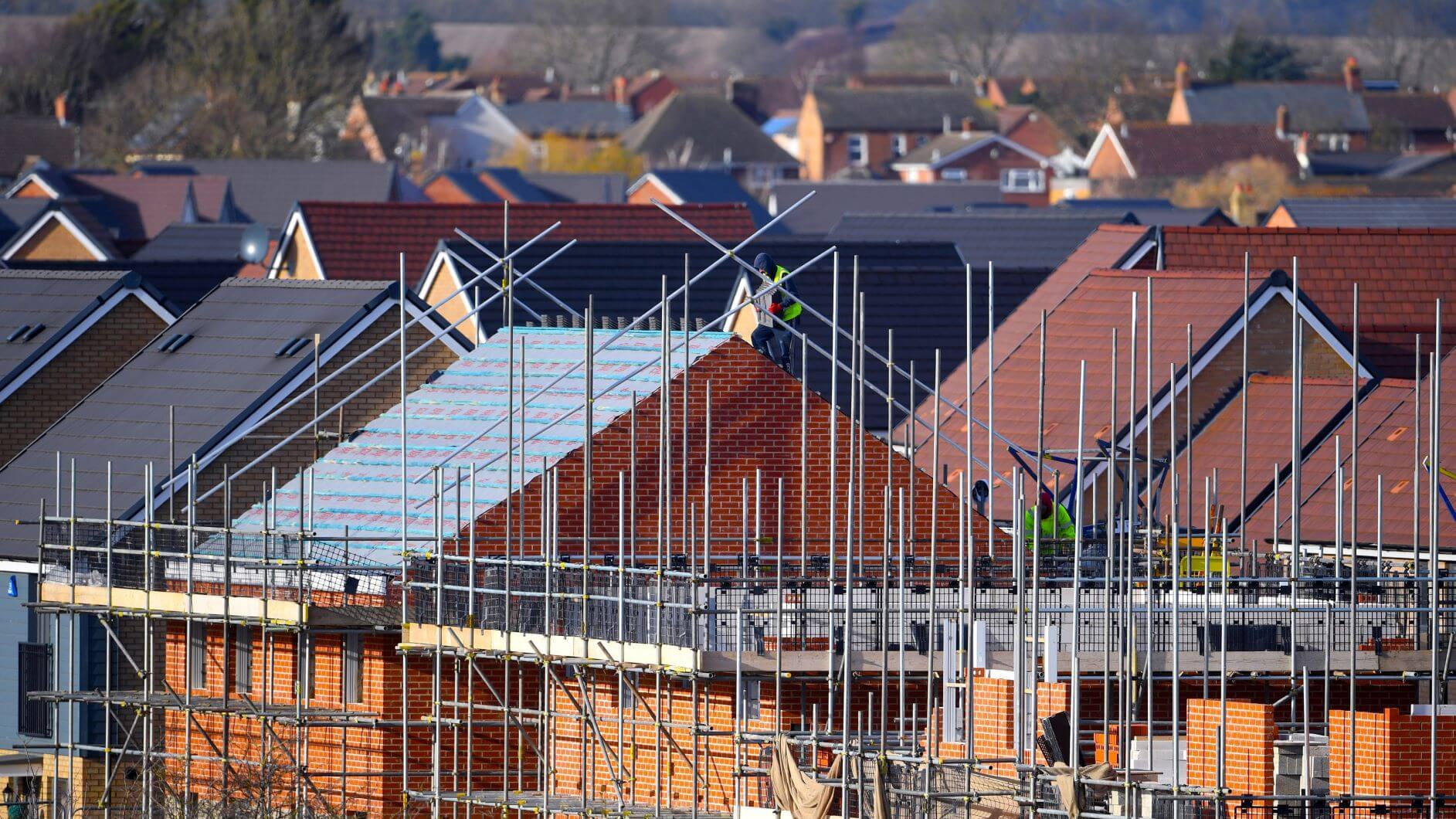
Roofing is an essential aspect of any building structure, providing protection from the elements and ensuring the safety and security of occupants. With technological advancements, glass and polycarbonate roofing materials have become increasingly popular for their aesthetic appeal and durability. However, prioritising safety in roofing is paramount, especially when working with materials with unique characteristics like glass and polycarbonate.
In this article, we will explore the importance of prioritising safety when using glass and polycarbonate in roofing applications and discuss best practices for ensuring the safety of both workers and building occupants. Whether you are a contractor, architect, or building owner, understanding the importance of safety in roofing with glass and polycarbonate is crucial for a successful and secure building project.
Safety Protocols for Handling and Installing Transparent Sheets
When handling and installing transparent sheets such as glass and polycarbonate for roofing, it is crucial to follow essential safety protocols to protect workers and ensure a successful installation process. One important safety tip is always to wear appropriate personal protective equipment, such as gloves, safety glasses, and helmets, to prevent injuries from sharp edges and potential falls. Additionally, inspecting the transparent sheets for any defects or damage before installation is essential to avoid accidents or structural issues later.
Ensuring proper training and supervision for workers handling and installing transparent sheets, as these materials require specific skills and techniques for safe and effective installation. It is also important to secure the work area properly to prevent accidents and ensure the stability of the roofing structure during installation. By prioritising safety in handling and installing transparent sheets, you can protect workers, prevent accidents, and achieve a high-quality and durable roofing system for the building.
Importance of Proper Glazing Bar Installation
Proper glazing bar installation ensures the safety and structural integrity of glass and polycarbonate roofing materials. When glazing bars are not installed correctly, it can result in leaks, drafts, and even structural failure. These hazards can compromise the safety and comfort of building occupants and lead to costly repairs and replacements. By prioritising correct installation practices, such as using high-quality materials and following manufacturer guidelines, potential hazards can be prevented, ensuring the longevity and reliability of the roofing system.
Incorrect installation of glazing bars can result in unattractive gaps and uneven surfaces, detracting from the building's overall appearance. By investing in professional installation services and following recommended best practices, building owners can ensure that their glass and polycarbonate roofing functions properly and looks visually appealing. Prioritising safety in roofing with glass and polycarbonate involves attention to detail and quality craftsmanship, ultimately enhancing the overall value and performance of the building structure.
Emergency Procedures for Roofing Installations
In case of accidental damage during the installation of glass or polycarbonate roofing materials, it’s essential to have emergency procedures in place to guarantee workers' safety and minimise any possible harm. The first step is to assess the situation and determine the severity of the mishap. If there is a risk of injury or the structure of the building is compromised, it is important to evacuate the area immediately and contact emergency services if necessary.
Once the immediate safety concerns have been addressed, it is important to document the incident for insurance and liability purposes. Take photos of the damage and write down any relevant information, such as the cause of the mishap and any injuries sustained. This documentation will be crucial for filing insurance claims and addressing any legal issues arising from the incident.
Finally, it is essential to address the root cause of the mishap and take steps to prevent similar incidents from happening in the future. Conduct a thorough investigation to determine what went wrong and implement corrective measures to ensure the safety of future roofing installations.
Regular Inspection and Maintenance Routines
Regular inspection and maintenance routines are essential for ensuring the safety and integrity of glass and polycarbonate roofing materials. To schedule and conduct inspections effectively, it is important to establish a routine maintenance schedule that includes regular inspections at least once a year. It is also crucial to pay attention to any signs of wear and tear, such as cracks, leaks, or loose fasteners, that may indicate potential safety hazards.
When conducting inspections, it is recommended to work with qualified professionals trained to assess the condition of glass and polycarbonate roofing materials. Inspections should be thorough and include a visual examination of the roof surface and an inspection of the structure beneath the roofing materials. Any issues or concerns should be addressed promptly to prevent further damage and ensure the continued safety of the building occupants.
By prioritising safety in roofing with glass and polycarbonate materials, building owners and managers can avoid costly repairs and ensure the longevity of their roofing system. Regular inspections and maintenance routines are key to identifying and addressing potential safety hazards before they escalate into serious problems. By following a proactive approach to roof maintenance, building owners can protect their investments and create a safe and secure environment for all occupants.
Thanks for signing up to Minutehack alerts.
Brilliant editorials heading your way soon.
Okay, Thanks!